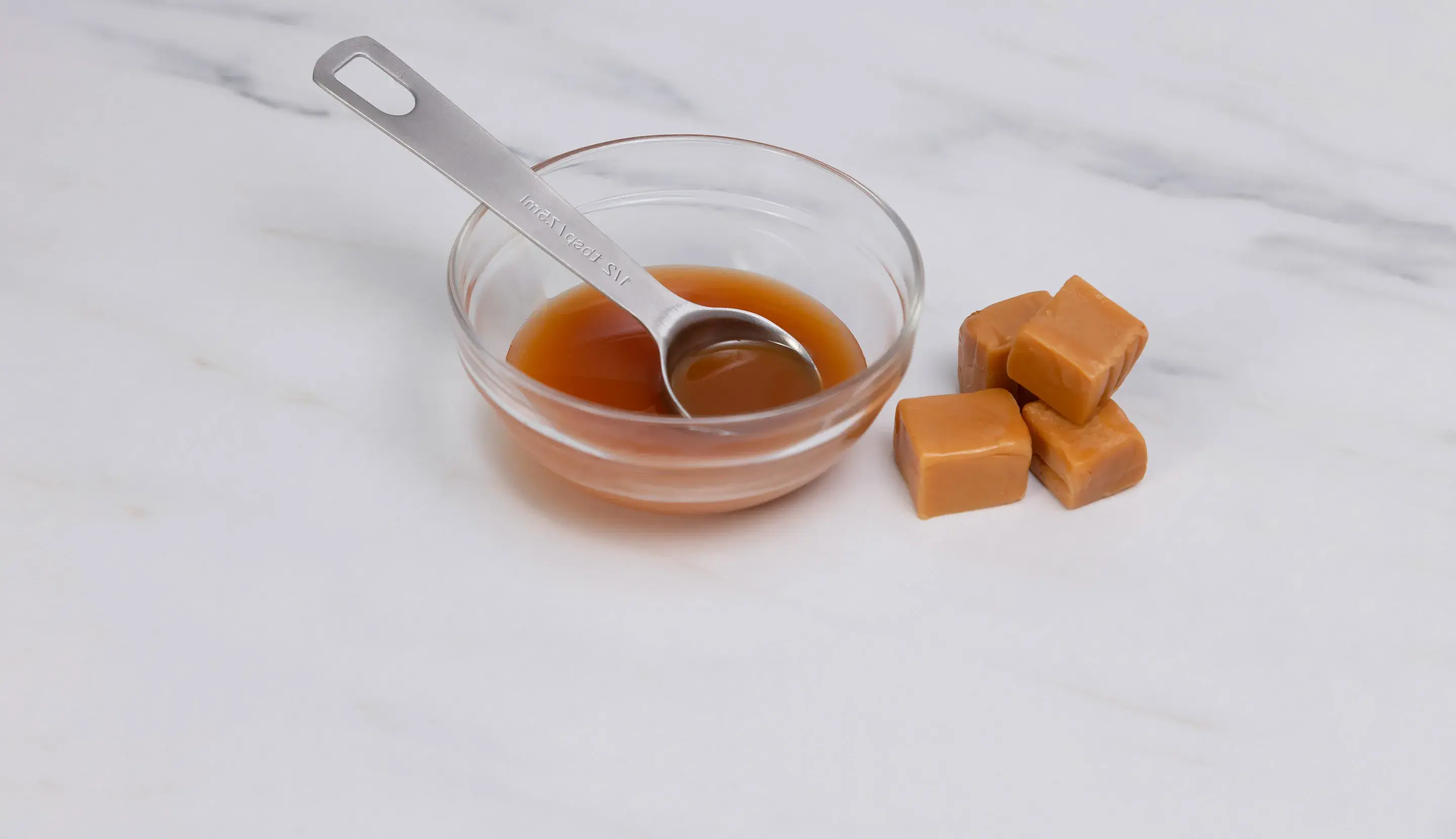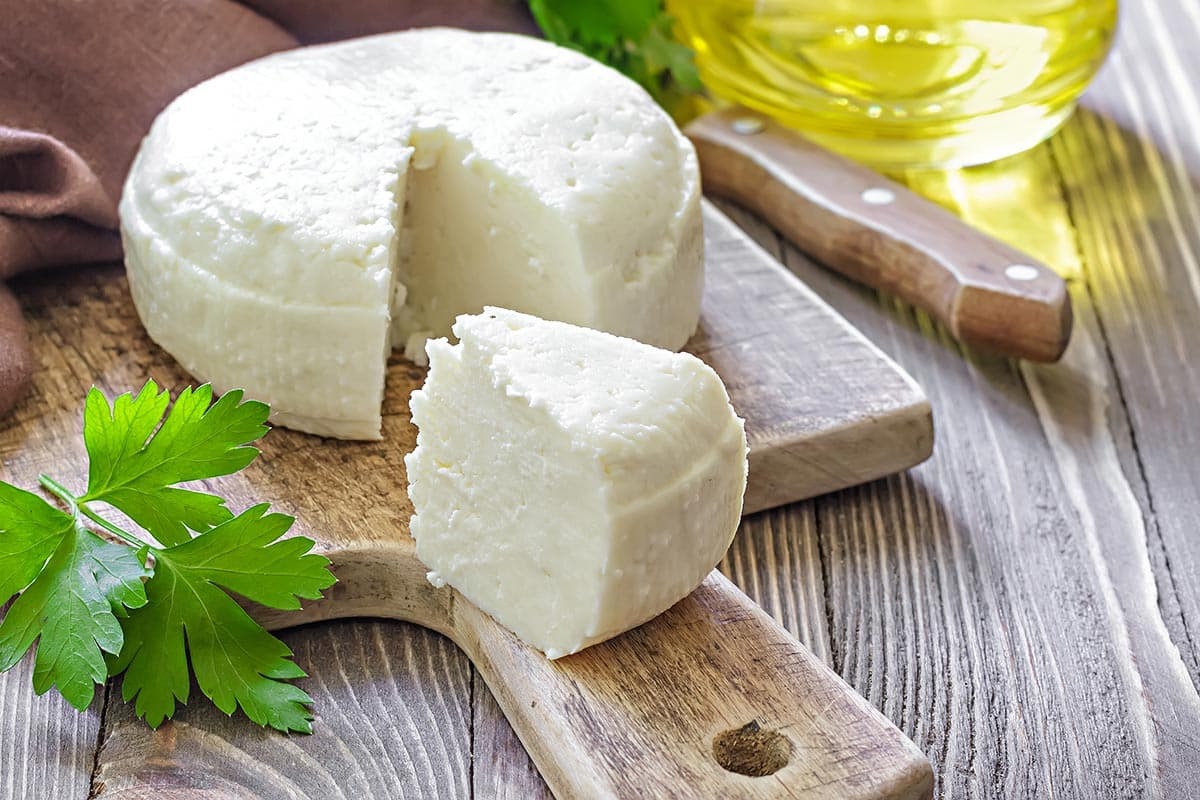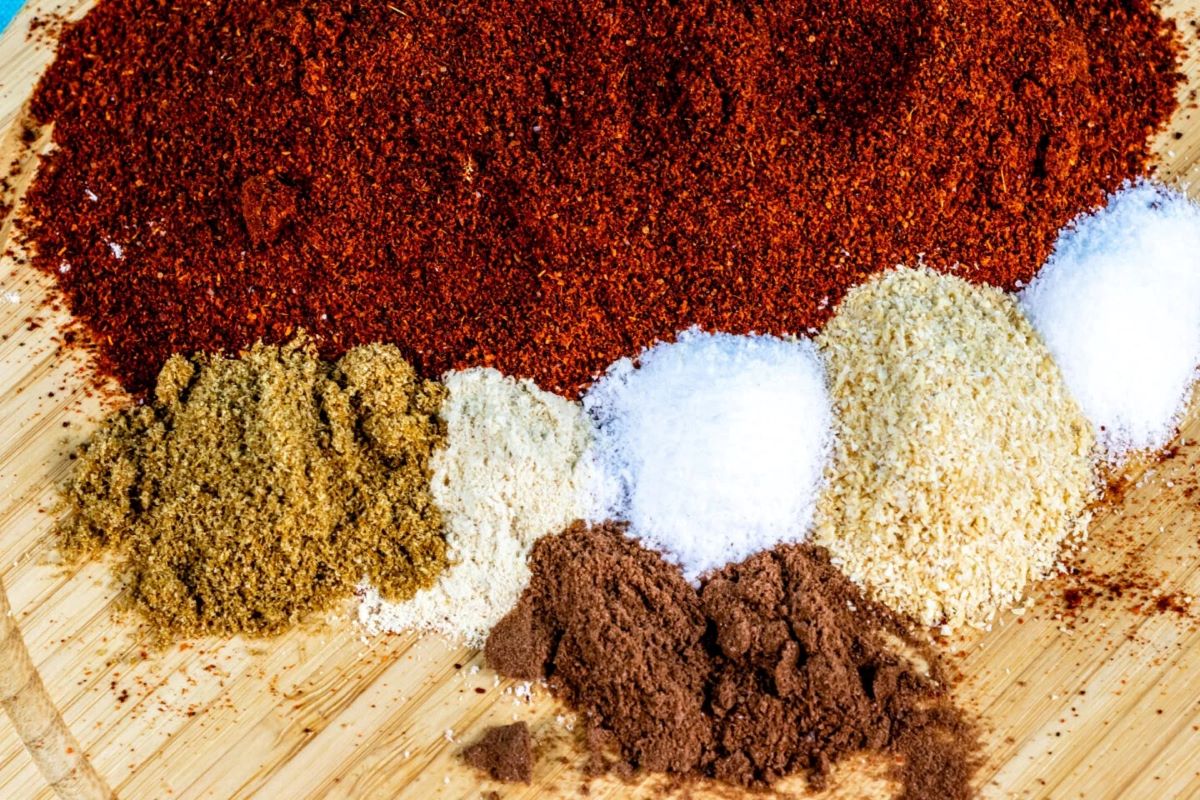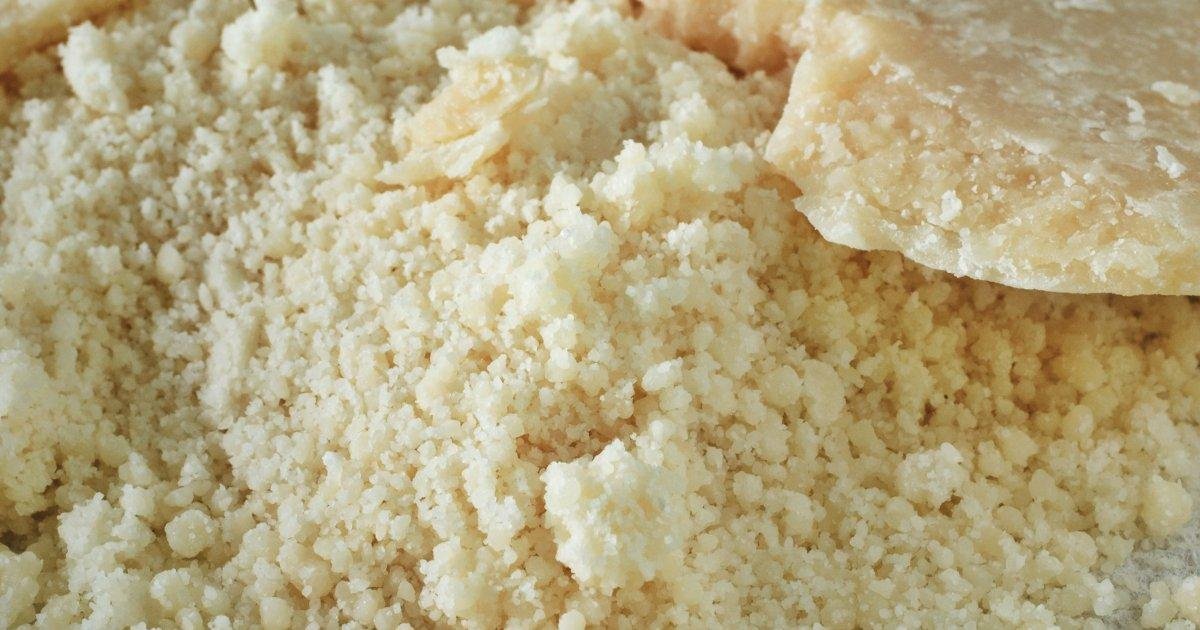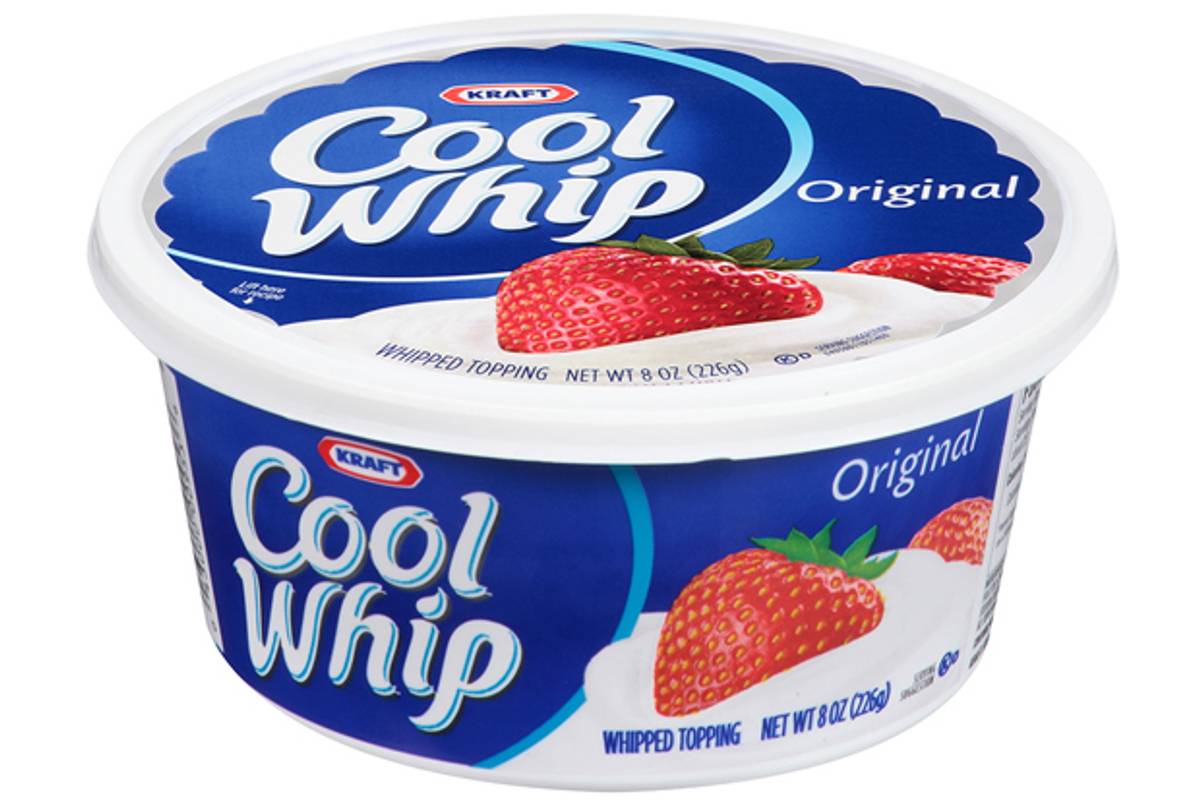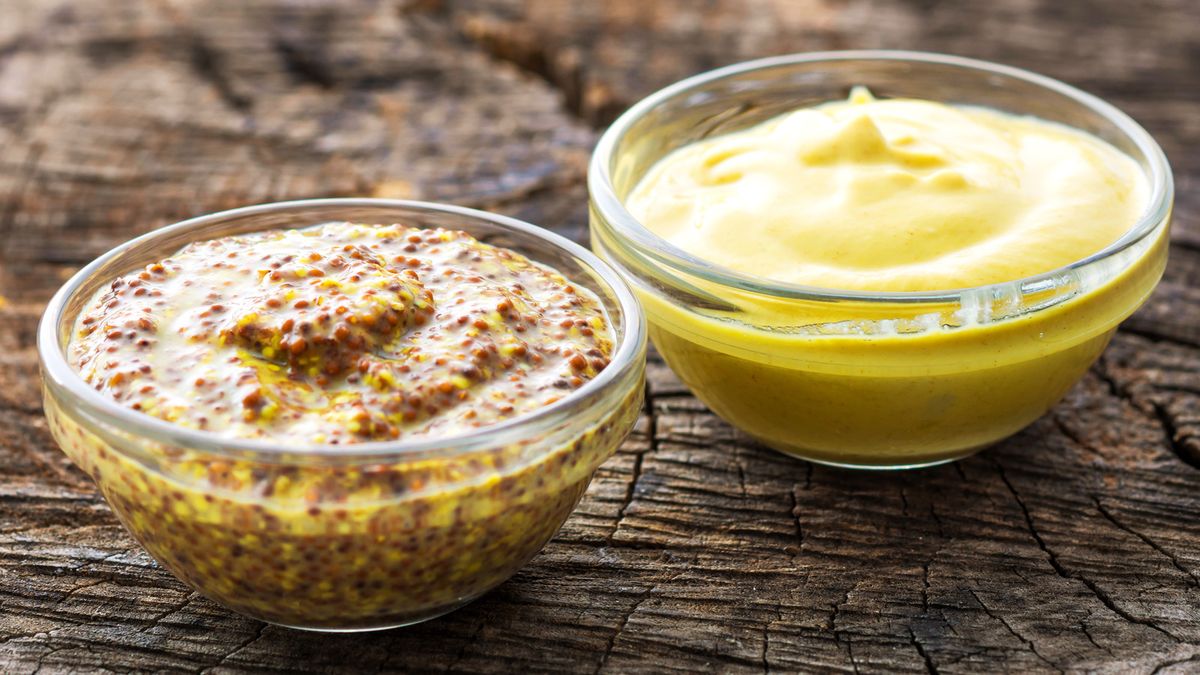When it comes to ham, there are two main types that you may come across: cured ham and uncured ham. While they may look similar, there are some key differences between the two. In this article, we'll explore the distinctions between cured and uncured ham, including how they are made and what sets them apart.
Cured Ham
Cured ham is the more traditional and widely available type of ham. It undergoes a curing process, which involves the use of salt and other preservatives to enhance flavor and extend shelf life. The curing process typically takes several days to weeks, during which the ham is soaked in a brine solution or dry-cured with a mixture of salt and other seasonings.
Key Points about Cured Ham:
- Preservatives: Cured ham often contains preservatives such as nitrates or nitrites, which help prevent the growth of harmful bacteria and give the ham its characteristic pink color.
- Flavor: The curing process imparts a distinct salty and savory flavor to the ham, making it a popular choice for sandwiches, charcuterie boards, and holiday meals.
- Shelf Life: Due to the addition of preservatives, cured ham has a longer shelf life compared to uncured ham.
Uncured Ham
On the other hand, uncured ham is a newer addition to the market and is often perceived as a healthier alternative to cured ham. Despite its name, uncured ham is not completely free of curing agents. Instead, it is cured using natural ingredients such as celery juice or sea salt, which contain naturally occurring nitrates.
Key Points about Uncured Ham:
- Natural Curing Agents: Uncured ham relies on natural sources of nitrates, such as celery juice, which are used to achieve a similar curing effect without the addition of synthetic preservatives.
- Color: Uncured ham may have a slightly different color compared to cured ham, often appearing more pale or grayish due to the absence of artificial nitrates.
- Flavor: Some people find that uncured ham has a milder flavor compared to its cured counterpart, allowing the natural taste of the meat to shine through.
Nutritional Differences
In terms of nutrition, there are some differences between cured and uncured ham. Cured ham, due to the presence of synthetic preservatives, may contain higher levels of sodium and nitrates. On the other hand, uncured ham is often perceived as a lower-sodium option, making it more suitable for individuals who are watching their sodium intake.
Which One Should You Choose?
Ultimately, the choice between cured and uncured ham comes down to personal preference and dietary considerations. If you enjoy the classic salty flavor and longer shelf life, cured ham may be the way to go. However, if you prefer a ham option with potentially lower levels of synthetic preservatives and sodium, uncured ham could be the better choice for you.
Cooking and Serving
Both cured and uncured ham can be used in a variety of dishes, including sandwiches, salads, and main courses. When cooking with cured ham, it's important to consider the salt content and adjust the seasoning in your recipes accordingly. Uncured ham may require slightly different cooking techniques to bring out its natural flavors, as it may not have the same level of saltiness as cured ham.
In conclusion, while both cured and uncured ham offer delicious options for meals and snacks, it's important to be aware of the differences between the two. Whether you prefer the traditional taste of cured ham or the natural approach of uncured ham, there's a ham variety to suit every palate and dietary need.
Was this page helpful?
Read Next: What Is German Christmas Food
